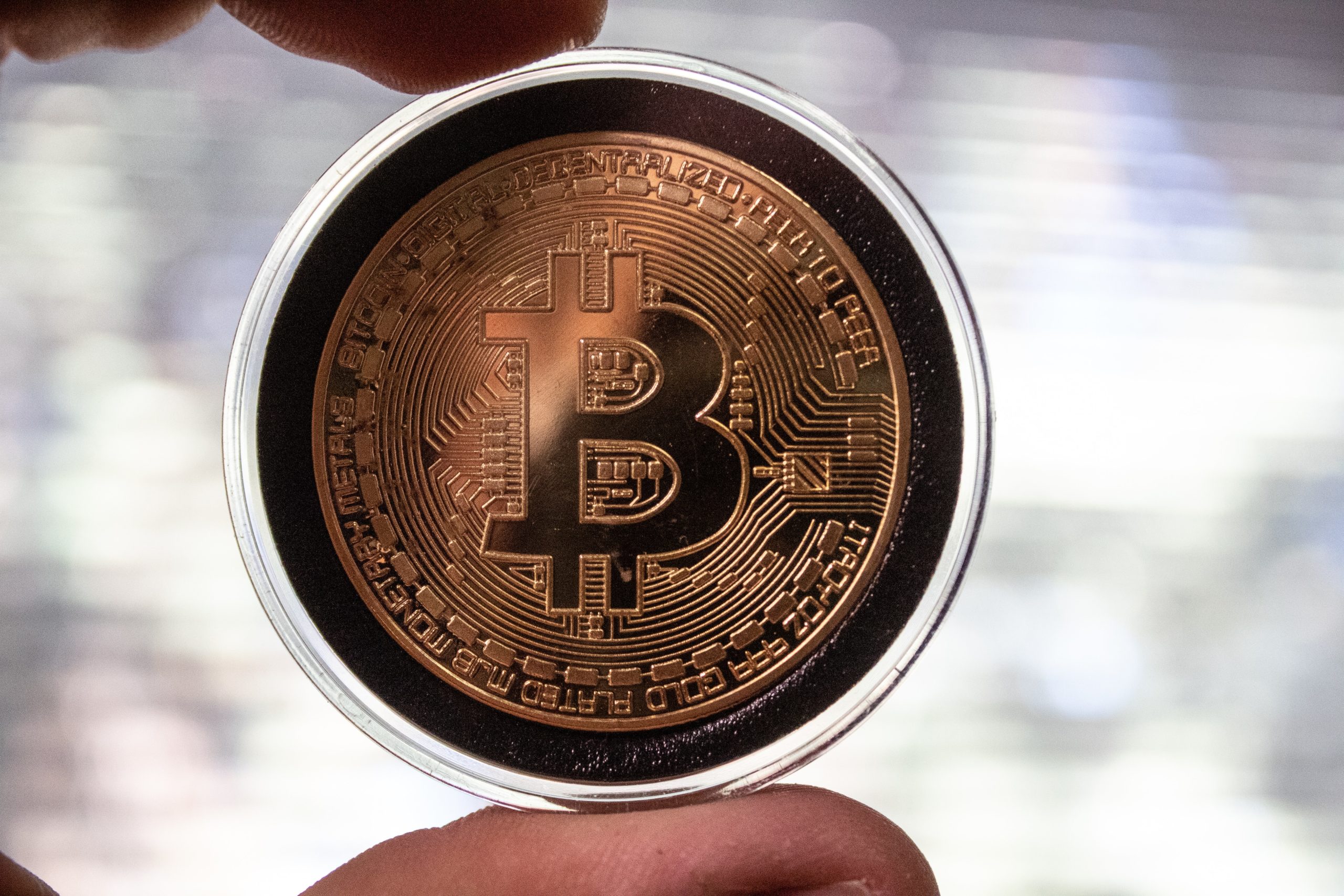By Erin Doak (she/her)
Photo by Brian Wangenheim on Unsplash
Christie’s 225-year-old auction house, which has only sold physical art, has recently auctioned its first digital piece for $69.3 million. The artwork, titled ‘Everydays: The First 5,000 Days’, is a montage of digital images created each day for 13 years by the artist Beeple. This sale, which placed Beeple as one of the top three most valuable living artists in the world, has naturally sparked controversy about the acquisition of digital art. Where does the value lie in these intangible pieces of art which can seemingly be replicated and viewed by anyone with an internet connection?
The answer to this question lies in the non-fungible token (NFT) that is attached to each digital artwork. NFTs work in the same way that other cryptocurrencies do – a public record of each transaction is stored in a database called ‘blockchain’ (which functions similarly to a shopkeeper’s ledger by keeping track of digital transactions). Most NFTs use the ‘Ethereum’ blockchain, however, NFTs differ from cryptocurrencies in their non-fungibility – when an item is ‘fungible’ it can be exchanged with another item of the same type. One Bitcoin for example, can be traded for another as they all hold the same value (fungible), but an NFT cannot be traded for anything else as each is completely unique (non-fungible).
Therefore, when each inimitable NFT is attached to any digital file, the file is authenticated as the original version. This authenticity, when combined with sufficient demand for a piece of art, is augmented if a piece possesses cultural significance, which in turn skyrockets the value of the digital piece. In fact, the combination of these three aspects is why the NFT for the first ever tweet by Twitter CEO Jack Dorsey, sold for $2.5 million this year. Similarly, virtual NBA highlight reels sold for a total of $500 million, and musician Grimes’ digital artworks for $6 million each.
Besides these high-profile auctions, public interest in NFTs has also benefited smaller digital artists. Selling their work in the form of NFTs can provide them with a way to legitimately authenticate their work, while earning commission. Buying NFT art has created a new way to support digital artists, a career which is notoriously known to be hard to profit from. However, due to the current oversaturation of digital marketplaces, selling NFT art still favours larger artists who may have a pre-existing online following (Beeple has more than 3 million followers collectively), and those who are actually willing to buy NFTs. Although it may seem obvious, not everyone is willing to buy them; without any tangible assets attached and the ability to lose all of their value at any time, NFTs are an extremely volatile and risky investment. This might not be a problem for those intending to purchase art for art’s sake, but for investors in digital collectables it’s an enormous risk.
Furthermore, a surprisingly problematic aspect of the NFT market resides in its environmental impact. The process of mining cryptocurrencies requires a vast amount of raw computing energy, or a vast number of computers ‘mining’ at any given time – a process predominantly powered by fossil fuels. Ethereum, for example, uses enough annual energy to power 2.7 million U.S. households for a year (Digiconomist). The average carbon footprint of one single NFT is equivalent to that of driving a car for over 600 miles (The Hill). The developers of Ethereum have announced a plan to switch to sustainable energy sources by 2022, but this claim does not provide any certainty. There is no guarantee that it will happen in the given timeframe or, if it does, that users will switch from the current to the sustainable version. After all, the main appeal of cryptocurrencies is that they are decentralised, with no attachment to any government or bank, which means that no one can shut them down or force their users to move elsewhere. Additionally, the profitability of converting cheap energy (currently fossil fuels) into cash through cryptocurrency mining makes change even more unlikely.
This being said, artists and creators cannot be blamed for wanting to cash in on a new market that promises legitimate profit in exchange for digital art, something that has remained unattainable for so many in the field. The ability of NFTs to prescribe real value to digital media is an incredible development in the digital art world, one that has generally been devalued by traditional (or ‘physical’) art institutions for years. With the scope of this market already being explored, NFTs could become used in diverse ways in the near future, such as in the property market or as forms of digital licensing. However, the future of NFTs and other cryptocurrencies is only hopeful if the environmental impact behind them is addressed, through the implementation of changes by both their developers, and their users.

